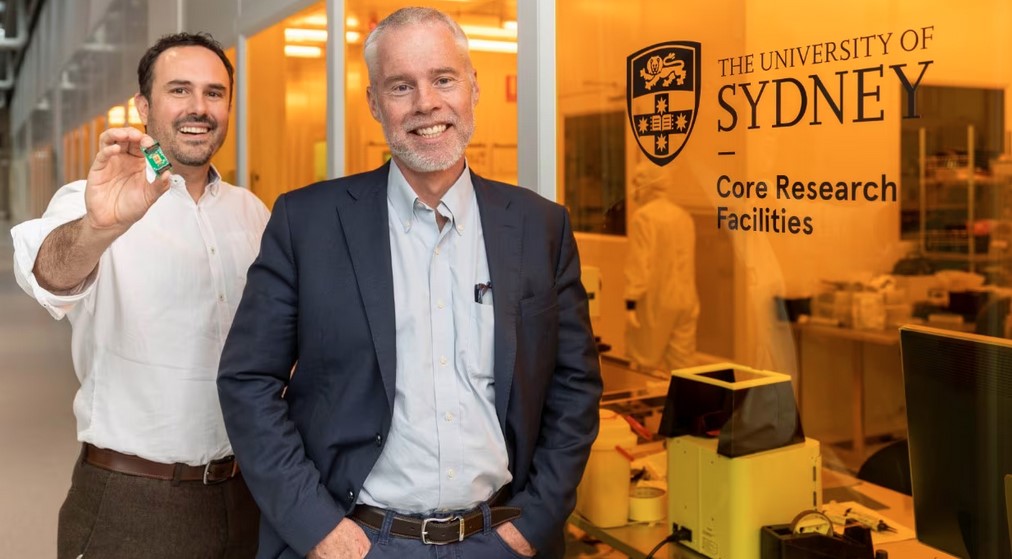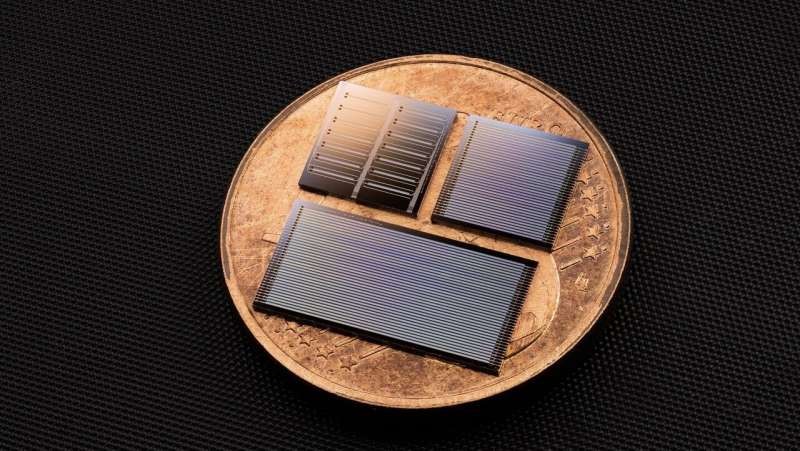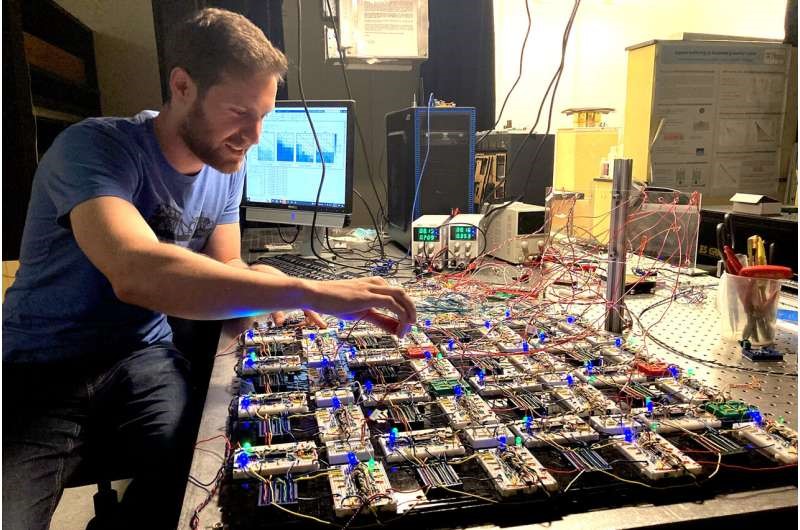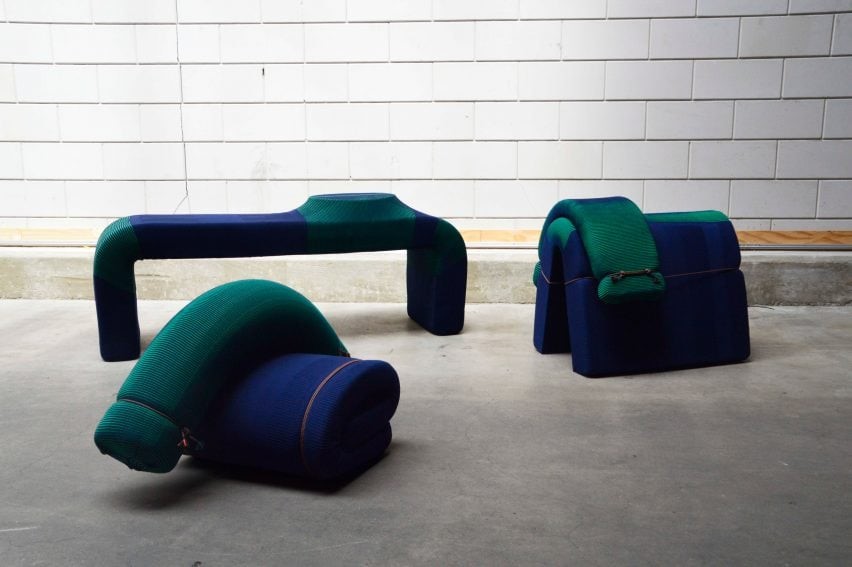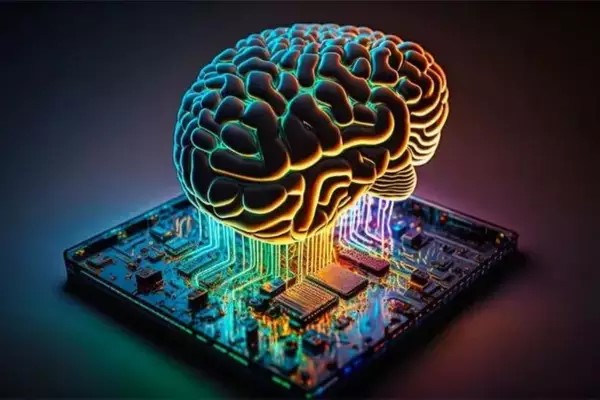Innovative Sensor for Error Detection in MRI Scans
Breakthrough in MRI Technology
Hvidovre Hospital is now home to the world's first prototype of a sensor designed to detect errors in MRI scans using laser light and gas. Developed collaboratively by a young researcher from the University of Copenhagen and Hvidovre Hospital, this innovative sensor aims to address current limitations in MRI technology [1], potentially leading to improvements in quality, cost-effectiveness, and speed of MRI scans.
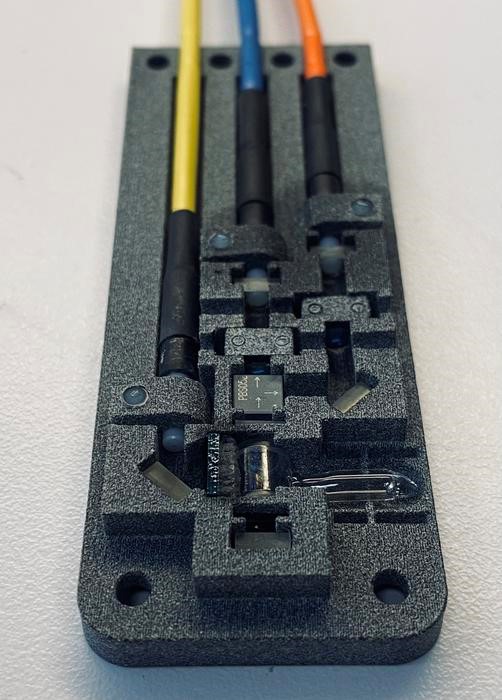
Figure 1. MRI Sensor. (Credit: University of Copenhagen)
Current Challenges in MRI Technology
Figure 1 shows the MRI sensor or magnetometer uses laserlight and gas to measure magnetic fields. MRI scanners are essential tools for medical professionals, providing high-quality 3D images [1] of the human body's internal structures. However, the strong magnetic fields within these scanners often cause fluctuations that result in errors and disturbances in scans. Regular calibration is necessary to minimize these errors, adding to the already high cost of operating MRI machines. Additionally, certain advanced scanning techniques, such as spiral sequences [2], are currently impractical due to the instability of the magnetic field.
Introduction of the Prototype Sensor
The new sensor, developed by a researcher from the Niels Bohr Institute and The Danish Research Centre for Magnetic Resonance (DRCMR), offers a solution to these challenges. Unlike conventional electrical sensors, which interfere with the magnetic field due to their metal components, this sensor utilizes laser light transmitted through fiber optic cables and a gas-filled glass container. By measuring changes in the magnetic field, the sensor can potentially correct errors in MRI images, leading to improved image quality and reduced scanning time.
Functionality of the Prototype
The prototype sensor, resembling a 1990s stereo system, consists of a device for transmitting and receiving laser light through fiber optic cables [2]. Within the sensor, the light passes through a glass container filled with caesium gas, which absorbs specific frequencies of light. Changes in the magnetic field alter the frequency at which the gas absorbs light, allowing the sensor to measure the strength of the magnetic field accurately and rapidly.
Commercial Prospects and Future Developments
Currently housed at DRCMR at Hvidovre Hospital, the prototype sensor demonstrates commercial potential for integration into future MRI scanners. With further refinement and data collection, the sensor could become an invaluable tool for correcting errors in MRI images, benefiting both healthcare professionals and patients. The immediate target group for the sensor includes MRI research units, with the potential for adoption by large MRI manufacturers in the future.
Source: University of Copenhagen
References:
- https://www.eurekalert.org/news-releases/1043307
- https://indiaeducationdiary.in/young-researcher-at-university-of-copenhagen-develops-sensor-to-detect-errors-in-mri-scans/
Cite this article:
Hana M (2024), Innovative Sensor for Error Detection in MRI Scans, AnaTechMaz, pp. 304



